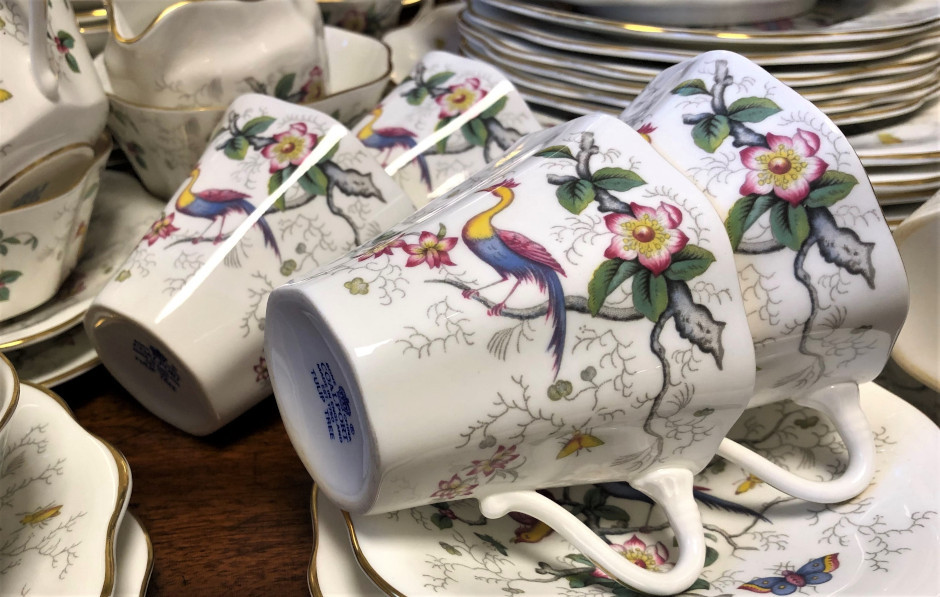
It's brilliant finding a bargain yourself, but no dealer wants to undercharge on their stock. Knowing how to price antique goods comes naturally to the experienced eye. But even with years of practice, the quality of reproductions and forgeries can throw us off.
Recognising when you’ve struck gold - something our team at Hemswell Antique Centres are exceptionally good at - comes with decades of research and real-life experience. As a dealer, it’s a skill you need to perfect. And we’re happy to show you how...
How to price antique pieces for maximum profit
Collecting with confidence and selling smartly requires a broad knowledge of those not-quite-genuine antiques. Expert dealers are constantly learning and experiencing antiques - it’s all part of the pleasure.
- Read, experience, then read some more
From libraries to bookshops, Facebook groups to blogs, you’ll find all kinds of dealers - just like you - asking how to price antique pieces they have in their stock. Find similar pieces to your own online, in person and in books, then see what kind of figures are circling them.
Our antique blog is a reference point that no dealer can afford to be without. In it, we break down the most crucial knowledge in a wide range of antique categories. Dive in, read our advice, then handle genuine antiques for yourself in our delightful Lincoln centres. Then, read it again.
- Know your niche
The best way to learn how to price antique pieces is to specialise. Here are the most important areas to become an expert in. By immersing yourself in the dates, characteristics and authenticities in each niche, you’ll soon develop a feel for their corresponding costs. Here are three important areas to specialise in:
- How to price antique china
If you’re going to learn how to price antique pieces, knowing how to price antique china is a great start. Its durability, craftsmanship and highly collectable nature means you can make a nice profit on quality pieces. But knowing how to price antique china can also be a minefield, due to the clever levels of repair work on many items. Maker’s marks can be faked - so if the condition of a centuries-old china plate looks too good to be true, it probably is. Read more about how to price antique china in our in-depth guide.
- How to price antique furniture
Furniture is a wonderfully diverse area to deal in. But it comes with its own set of challenges when it comes to knowing how to price antique examples. Over time, it naturally changes shape and colour - even untampered pieces. But there are particular points to examine. For example - patinas boost value, scratches lower it. Another simple place to start is to identify the wood itself - higher value pieces are often made from oak, walnut, mahogany and satinwood. For more information on how to price antique furniture, read our full guide.
- How to price antique metalwares
Widely copied in the 19th century, metalwares can be tricky to recognise the antique from the not-so-antique. Researching makers’ catalogues from the 1890s can give you an idea of how popular brass and pewter imitations were around that time. All of our antique metalware is brilliant quality - get an idea of general pricing by perusing it here.
3. Don’t be deceived
As we’ve said, fakeries, reproductions and deceptions (both old and new) can trick the most absorbed dealer. Knowing how to identify a fake will not only help you only buy and sell genuine items, but it could save you from getting into trouble as a dealer yourself - since any dealer selling fakes as genuine antiques are breaking the Trade Descriptions Act. Read our guide on how to spot a true antique for step-by-step tips on judging authenticity.